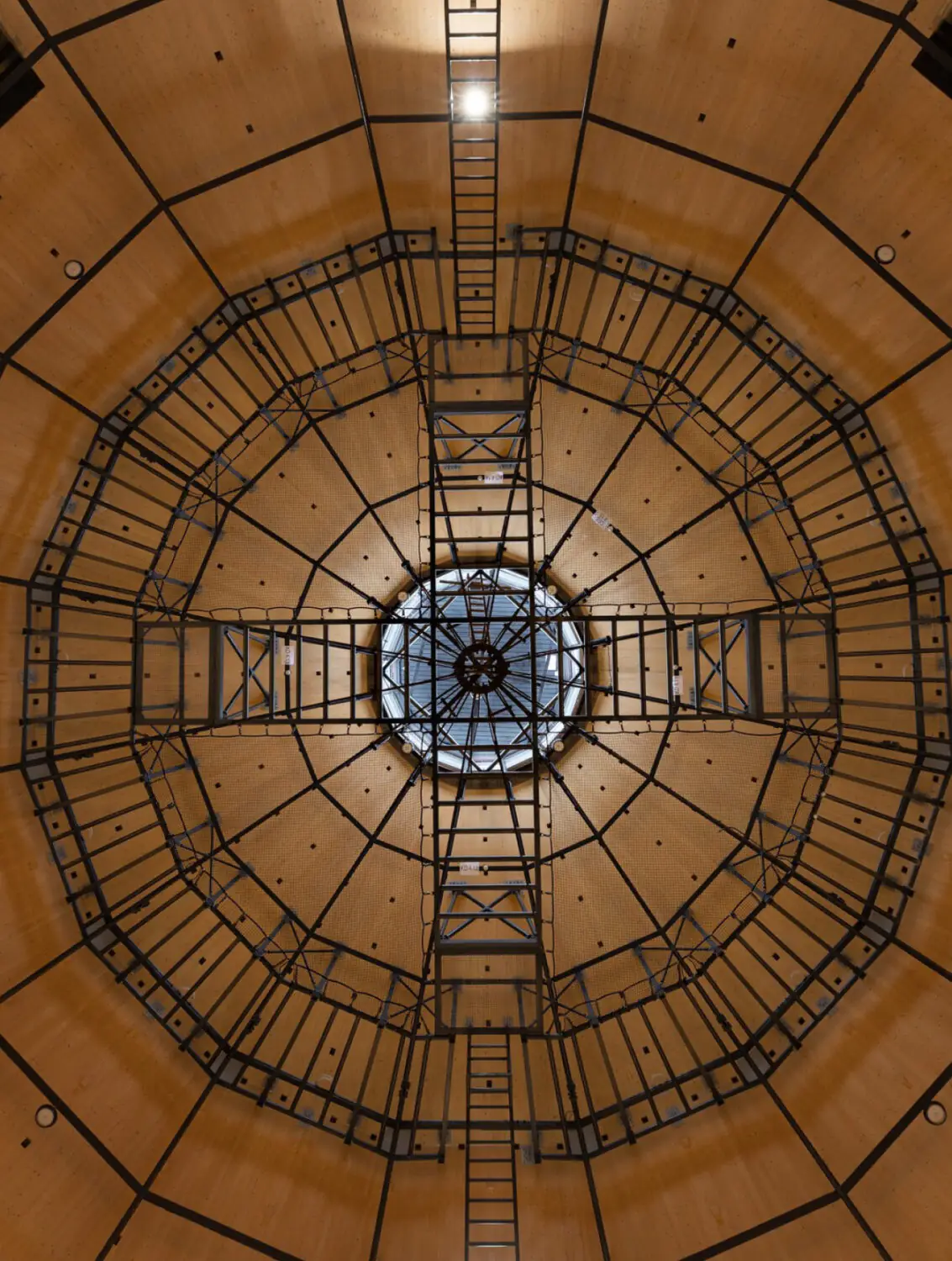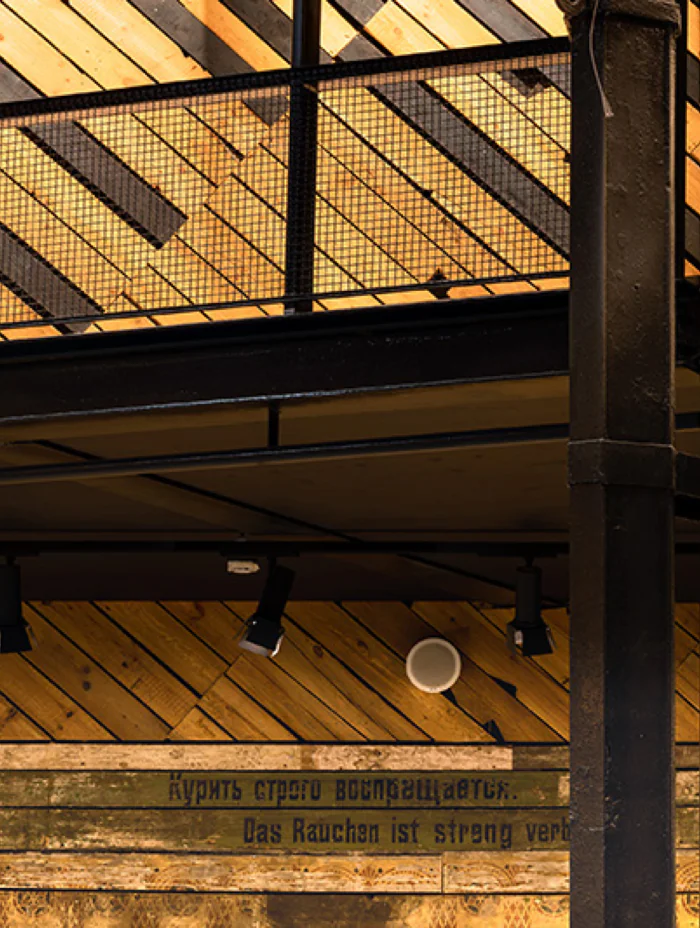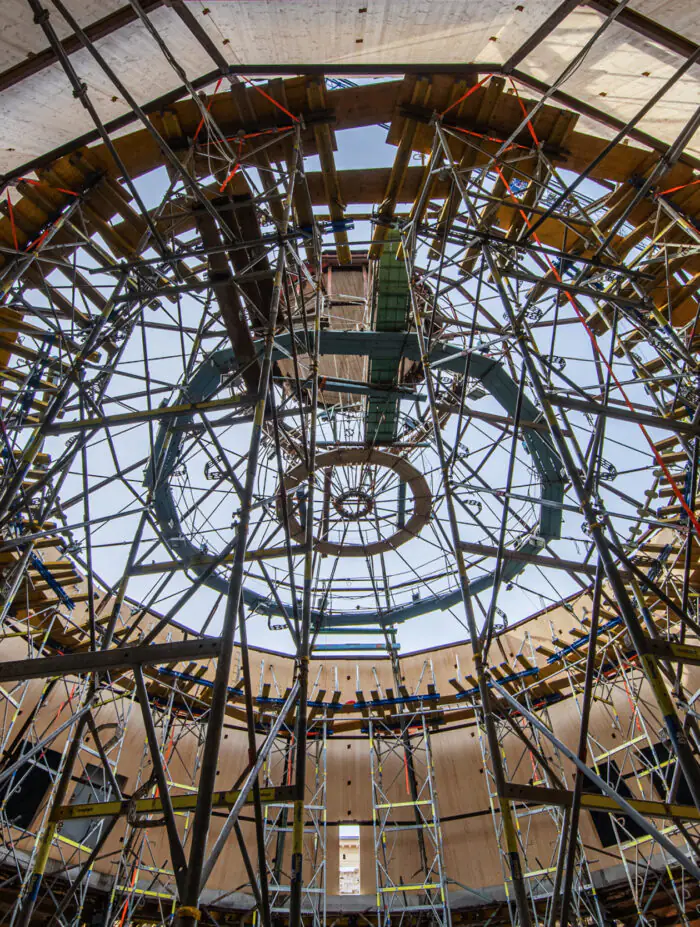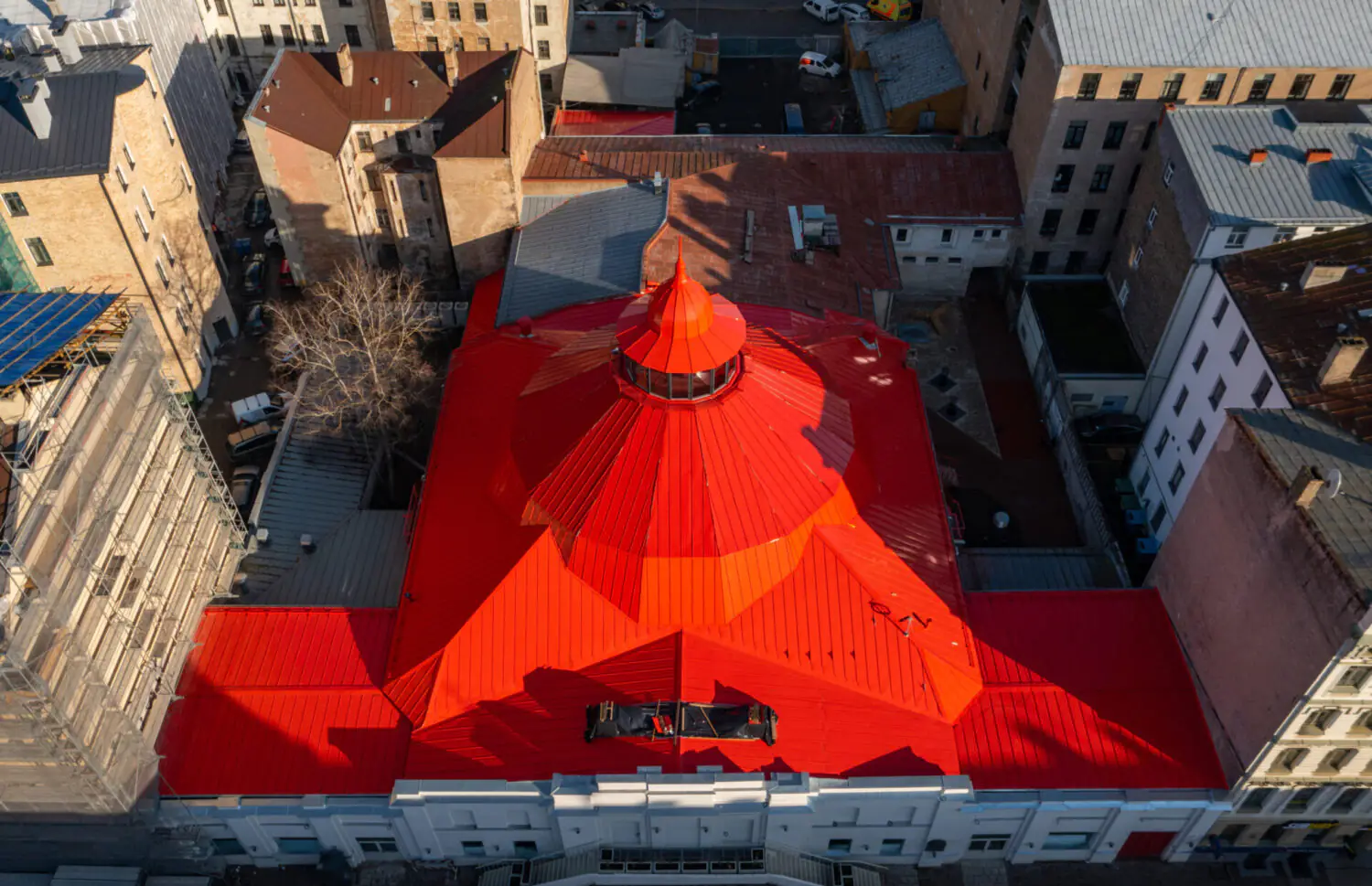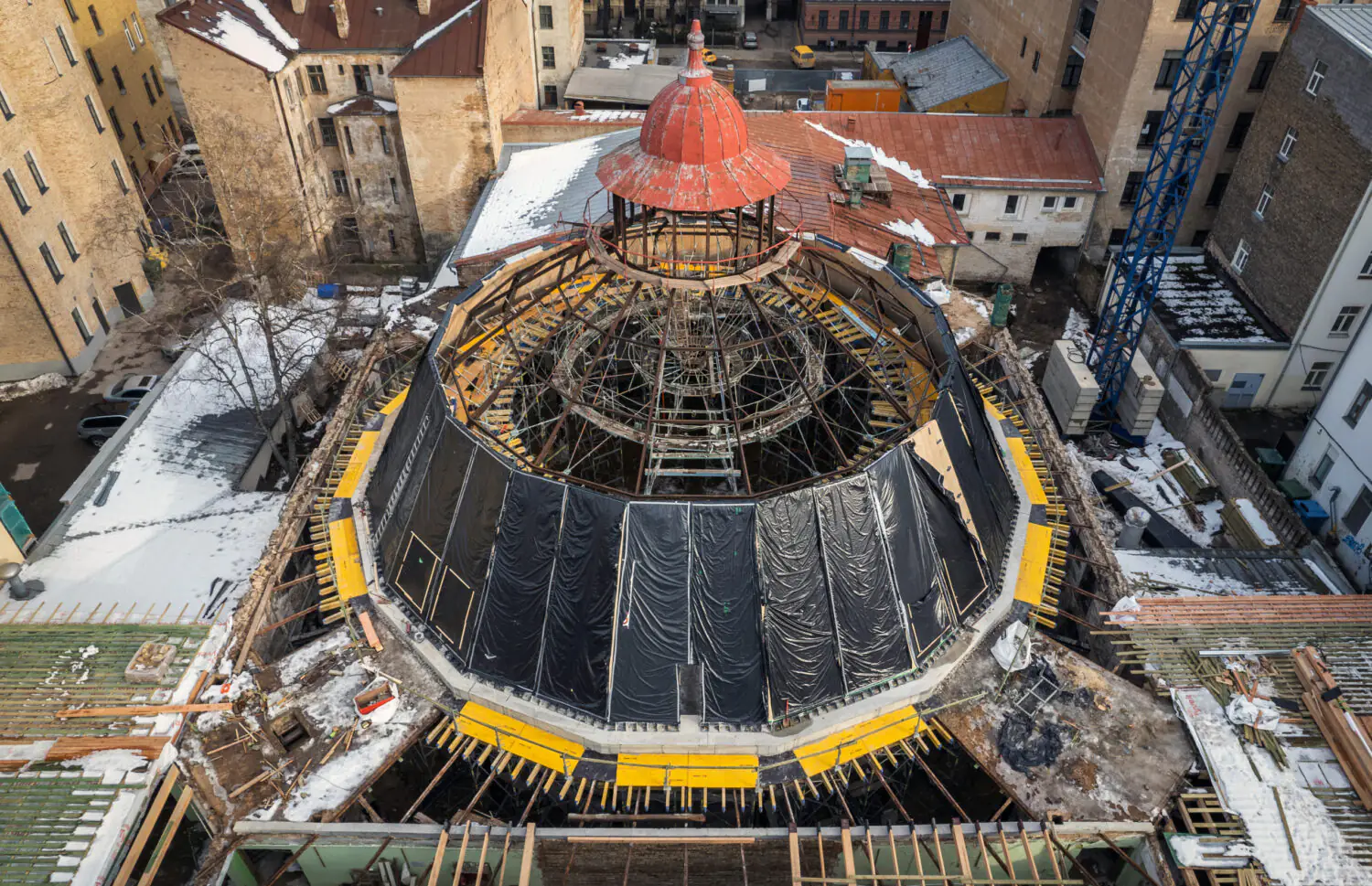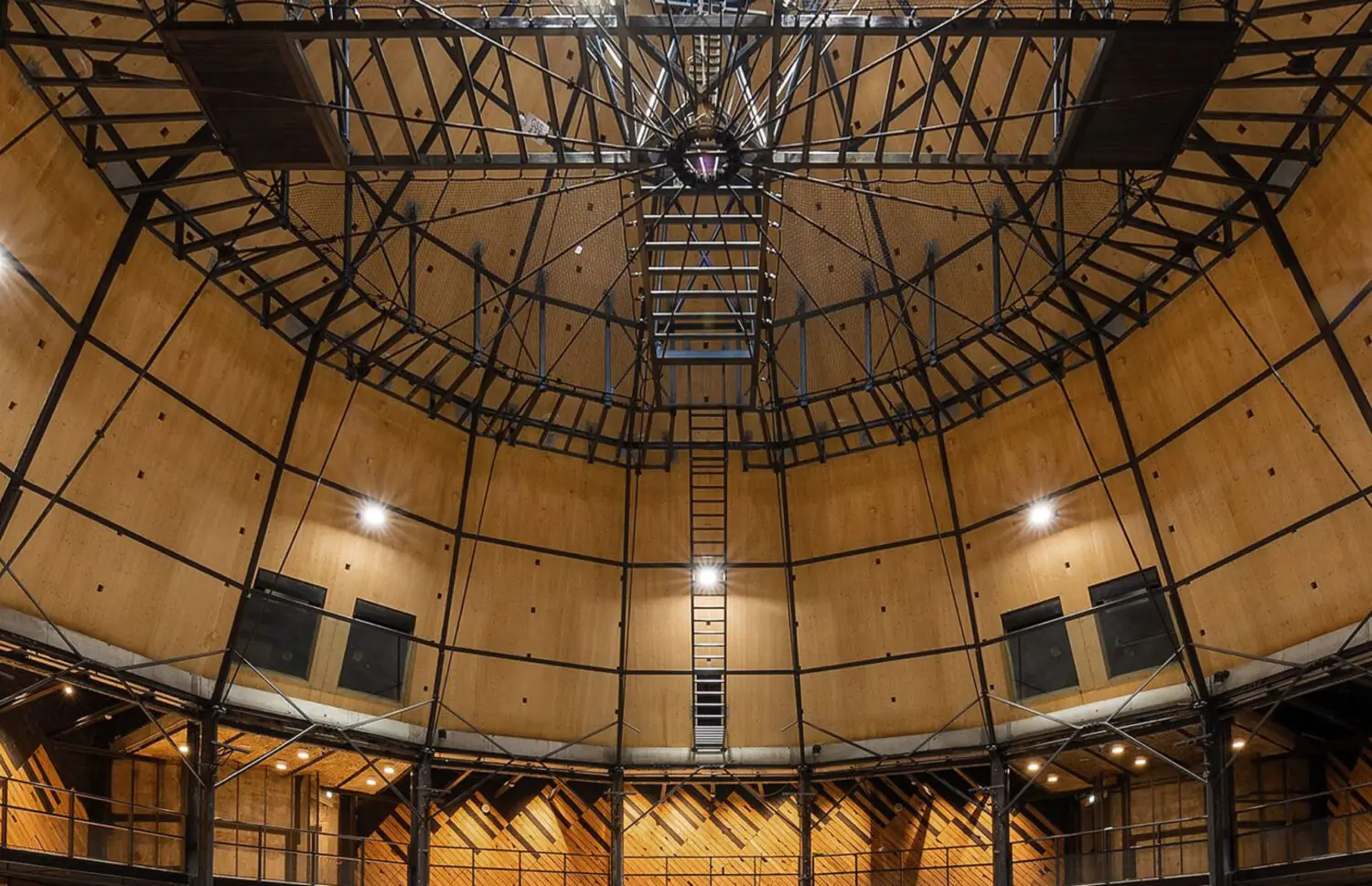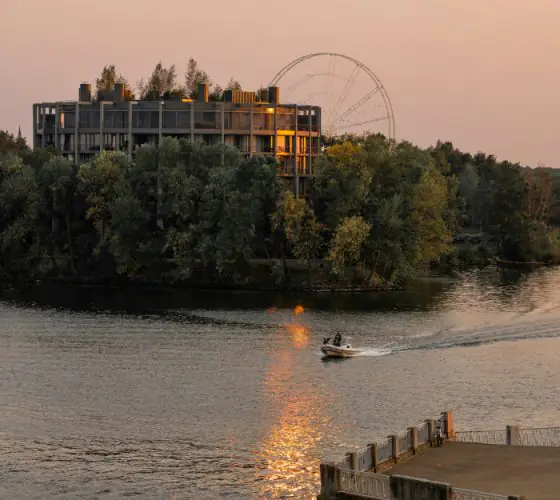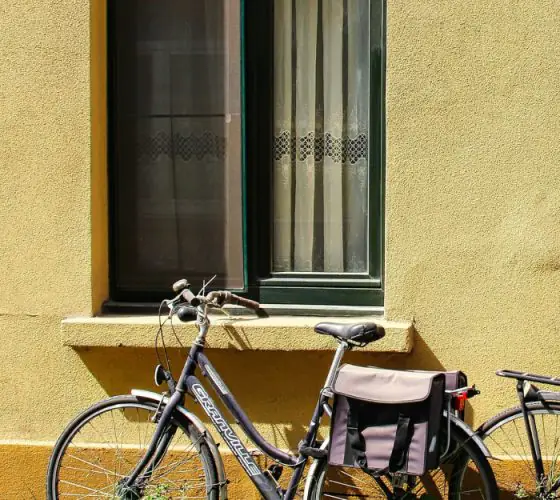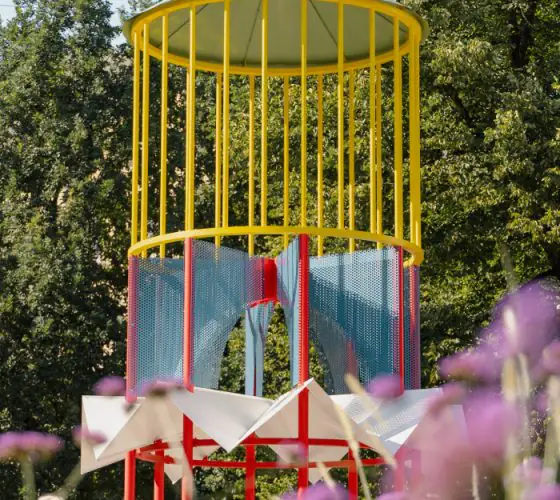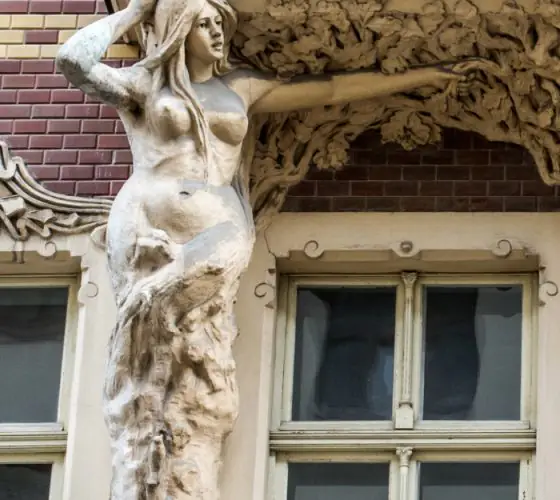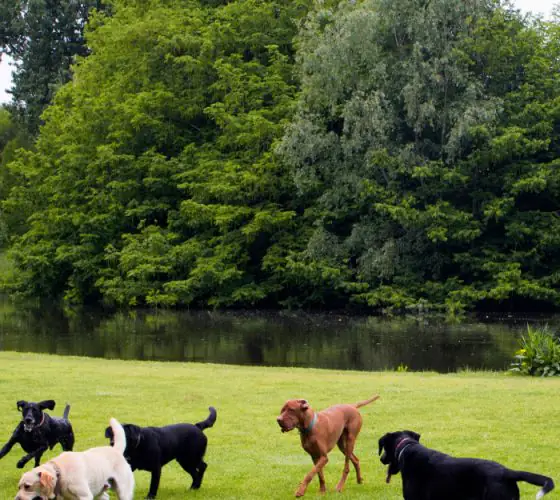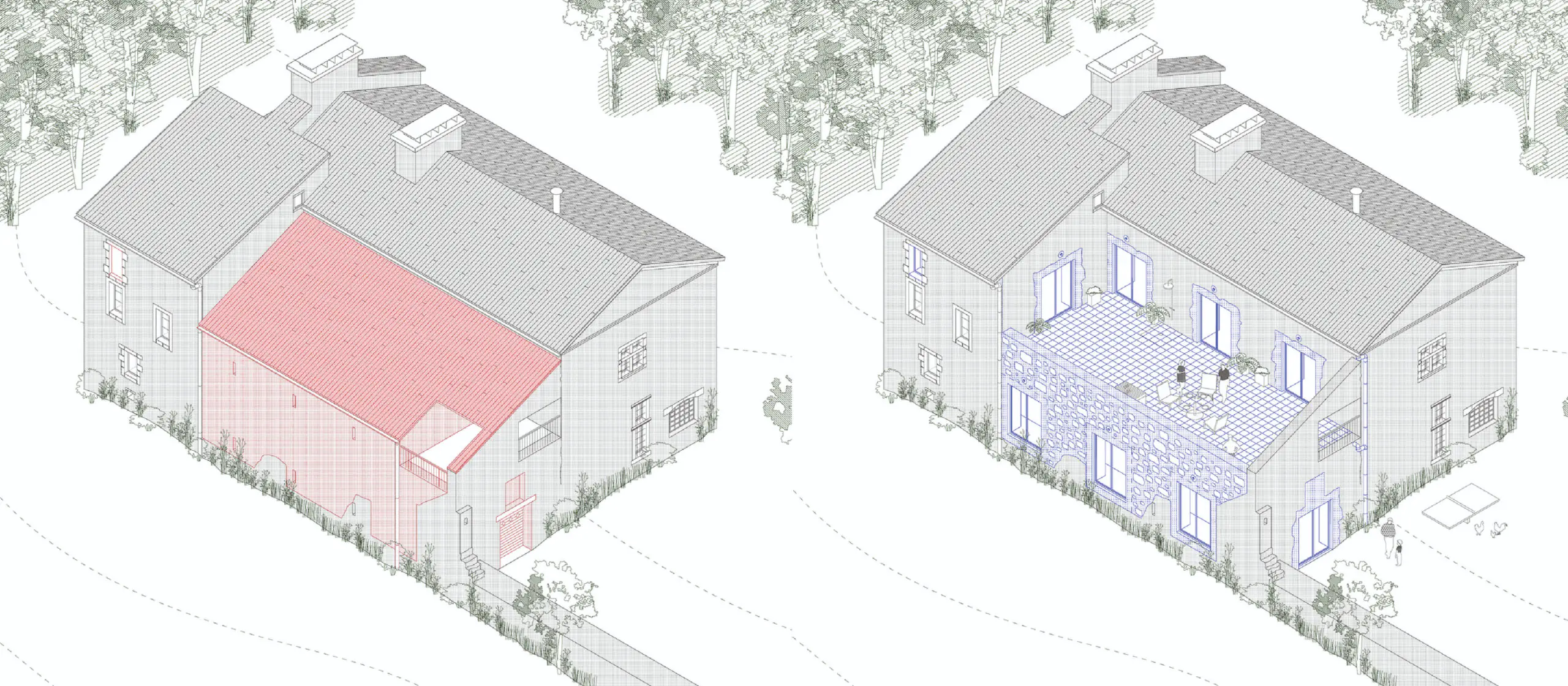
archdaily.com
In October 2000, a conference was held in Riga on the initiative of the International Centre for the Study of the Preservation and Restoration of Cultural Property, or ICCROM to adopt the Riga Charter on Authenticity and Historical Reconstruction in Relation to Cultural Heritage, an international document approved by the Baltic States, Ukraine and Belarus.
The Charter establishes the permissibility of reconstruction in exceptional cases: if a tangible heritage object has been lost as a result of natural or man-made disasters, or if the building had outstanding artistic and symbolic qualities or was of special significance in the preservation of the urban or rural environment.
One of the brightest examples of reconstruction in Riga is the Riga Circus building, built in 1888 according to the project of architect Johannes Friedrich Baumanis. We have already told about it in another article. It is the only stationary circus building in the Baltic States and an architectural monument of national importance. The brick building was built especially for circus acts with horses: the arena is covered by a dome with a diameter of 24 metres.
Together with the change of management of the Riga Circus in 2017, its programme changed—no more animals are used for performances. Against the background of these changes, a competition for the reconstruction was announced—the winner was the project of the NRJA (No Rules Just Architecture) architectural bureau.
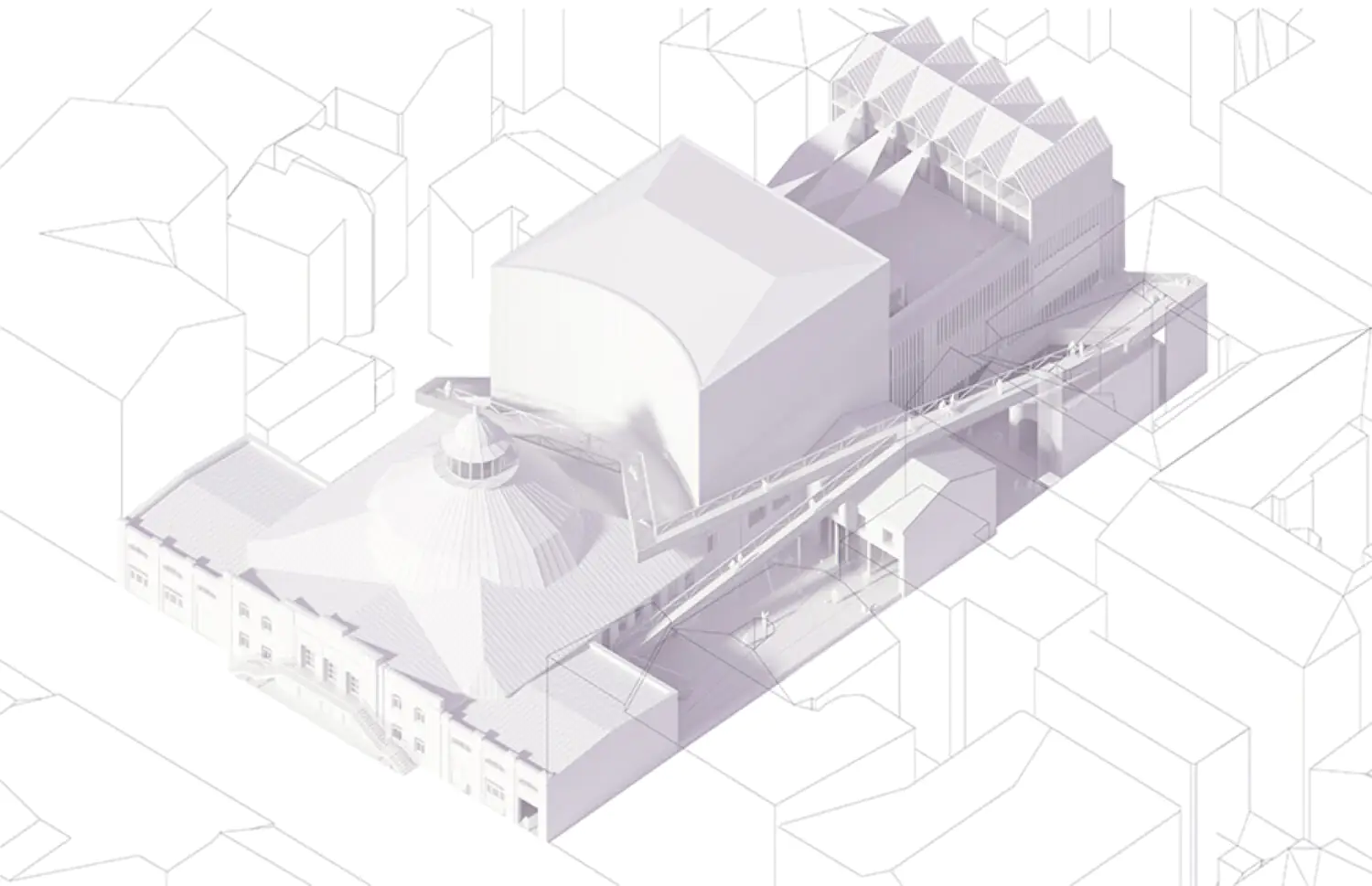
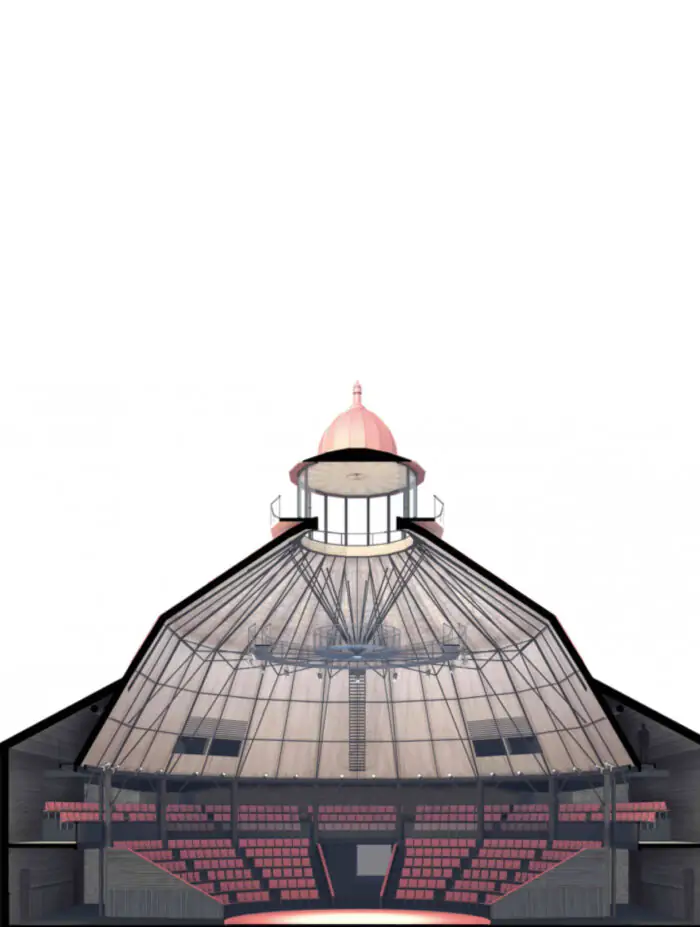
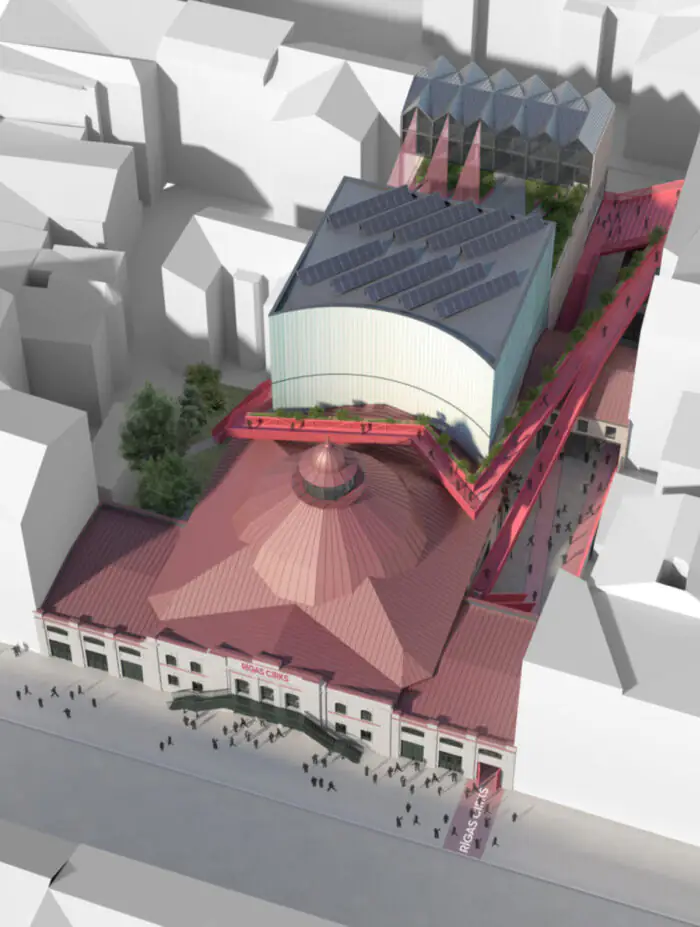
NRJA’s proposal, developed in co-operation with architect Ilze Mekša, envisages the transformation of the circus into a multifunctional cultural facility. In its architectural and design solutions, NRJA followed the principle of “adding by removing”—the architects decided to reveal once hidden historical layers and uncovered the structures of the legendary and recognisable dome.
In this project, it is remarkable how the 135-year history of the building has become a tool for reinterpreting it in a new context—the feeling of novelty for everyone who has been to the circus is created not by new elements, but by a new look at well-known parts of the building. At the same time, the cultural layers are preserved, while the building itself is adapted to the modern context and does not lose its important role in the city.
